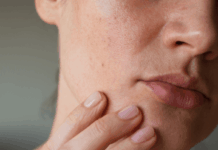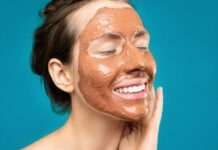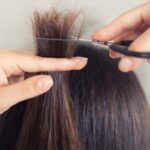1. Minimize Heat and Chemical Damage
Excessive heat from styling tools like blow dryers, flat irons, and curlers, as well as chemical treatments such as dyes and straighteners, can lead to dry, brittle, and damaged hair. This slows down the growth of new hair.
Solution: Let your hair air dry whenever possible, or blow-dry it on a cool setting. Avoid frequent dyeing or bleaching while trying to grow your hair. When tying your hair, use soft hair ties and avoid pulling it too tight.
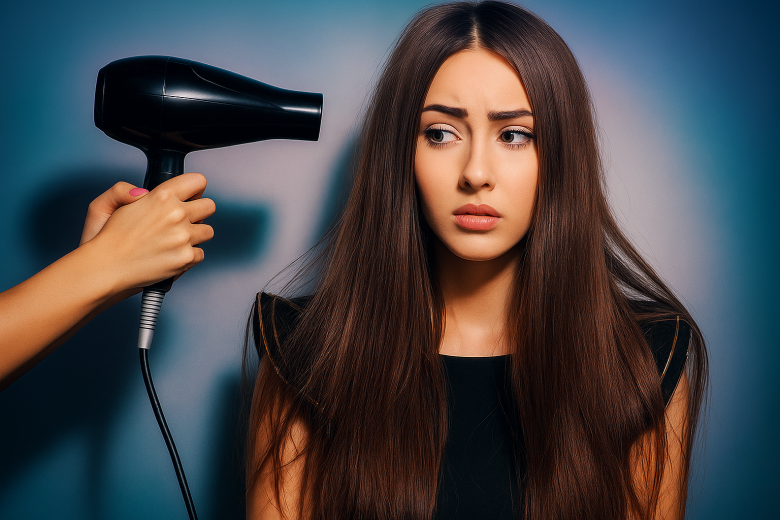
2. Say No to Silicone-based Shampoos
Silicone is often added to shampoos to create a coating around the hair strands, giving the illusion of smooth and shiny hair after washing. However, this effect is temporary. Over time, this coating can build up and clog hair follicles, making it difficult for the scalp to breathe and absorb nutrients. This leads to weak and brittle hair that is prone to breakage. For those aiming for long and healthy hair, silicone is a silent saboteur.
To truly nourish your hair from the roots, opt for shampoos that are silicone, sulfate, and paraben-free. These gentle formulas effectively cleanse without stripping away the natural oils from the scalp, maintaining a balanced moisture level, and creating an ideal environment for hair growth.
Consider trying organic shampoos made from natural ingredients such as soapberry, lemongrass, grapefruit peel, basil, and green tea. These ingredients are rich in antioxidants, stimulate hair growth, reduce dandruff, and promote a healthy scalp. With consistent use over 2–3 months, you’ll notice that your hair not only grows faster but also appears thicker, shinier, and less frizzy.
3. Get Regular Trims to Remove Split Ends
Getting regular trims is a simple yet effective strategy in your journey to longer and healthier hair. On average, aim to trim about 0.5–1 cm of your hair every 2–3 months. This helps eliminate dry, split, and damaged ends caused by heat styling tools, chemical treatments, or sun exposure.
Contrary to popular belief, trimming your hair does not hinder its length but rather promotes healthier hair and minimizes breakage. By removing the damaged portions, your hair becomes stronger, leading to faster growth and a fuller, shinier appearance.
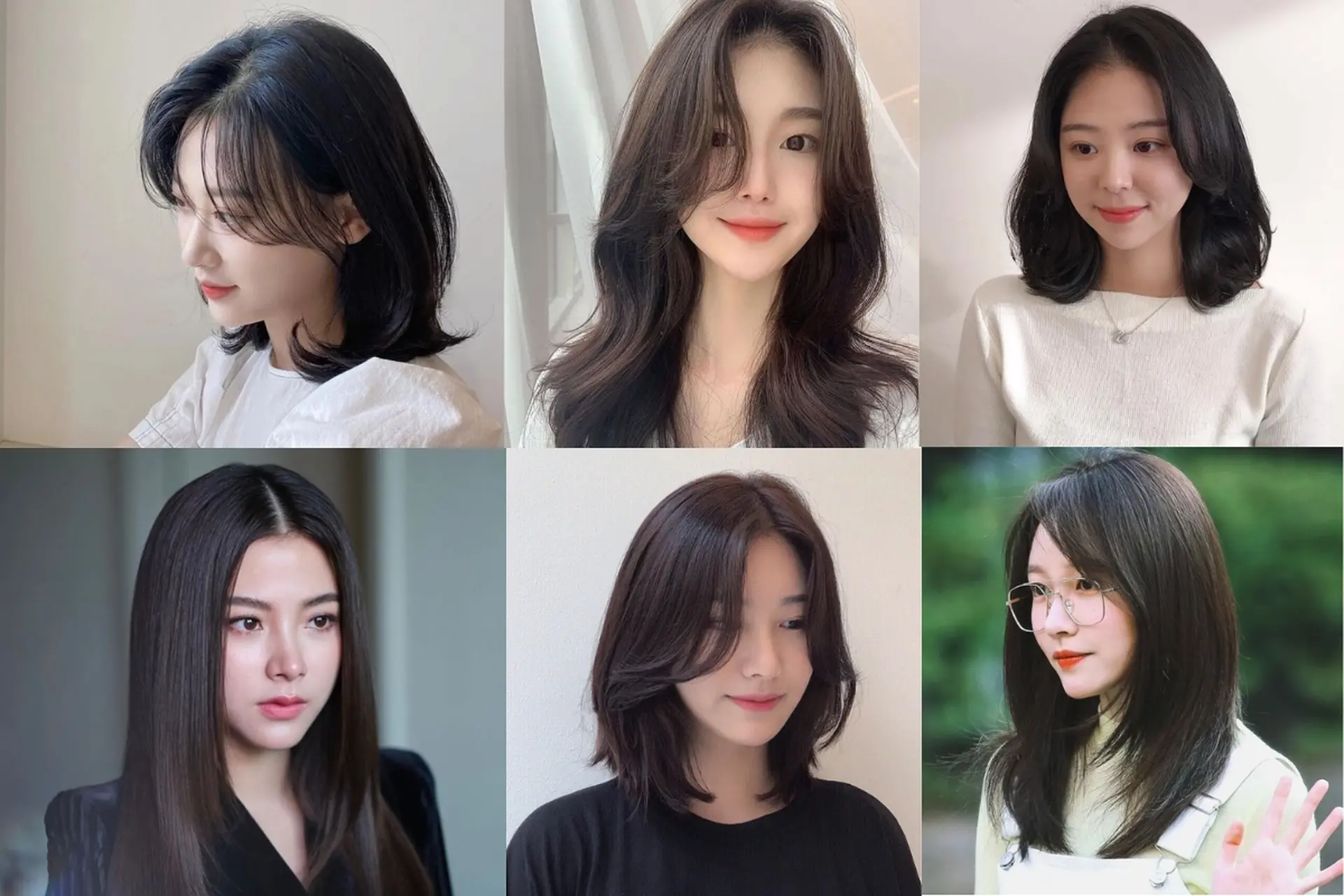
A little trick is to opt for trims that suit your face shape, giving your hair a fresh look while enhancing your features. Additionally, try to time your trims during the peak hair growth seasons (spring and summer) to maximize the rate of growth. If you can’t make it to the salon, you can always give your hair a quick dusting at home with specialized scissors to maintain its health.
4. Scalp Massage for Improved Circulation
Dedicate 5 minutes each day to gently massage your entire scalp with your fingertips. This simple action improves blood flow, ensuring that your hair follicles receive an abundance of nutrients, leading to faster hair growth.
Tip: Enhance the effects by incorporating grapefruit or coconut oil into your scalp massage routine.
5. Nourish Your Hair with Natural Oils
Coconut oil, olive oil, and argan oil are rich in fatty acids and vitamin E, which help restore the protective lipid layer of your hair, reducing breakage.
Application: Apply the oil of your choice to dry hair, gently massaging it into your scalp. Wrap your hair in a towel for 15–30 minutes before shampooing. Do this 1–2 times a week.
In addition to oils, deep conditioning treatments rich in proteins and vitamins can nourish your hair from within. For a DIY option, blend ripe avocado, honey, and plain yogurt to create a nourishing hair mask. This combination leaves your hair soft, shiny, and promotes faster growth.

Natural Nutrients for Faster Hair Growth
In addition to external care, ensuring your body receives adequate nutrients from your daily diet is crucial for healthy hair growth:
Protein: The primary component of hair. Abundant in chicken, fish, eggs, and legumes.
Biotin (Vitamin H): Strengthens hair and reduces breakage. Found in eggs, almonds, and broccoli.
Vitamin E: Enhances blood circulation to the scalp. Present in sunflower seeds, olive oil, and avocados.
Vitamin C: Essential for collagen production, a key structural component of hair. Sources include oranges, kiwis, and strawberries.
Zinc: Prevents hair loss and stimulates growth. Found in oysters, pumpkin seeds, and whole grains.
Omega-3: Moisturizes hair from within, adding shine. Abundant in salmon, flaxseeds, and walnuts.
“The Secret to ‘Little Dragon Girl’ Carrying This Hair Care Routine for 3 Decades for Luscious, Dark Tresses”
“Black foods” – a colorful cuisine category – boasts an array of nutritional benefits, especially for hair health. Take, for instance, the humble black bean, the enigmatic black sesame seed, and the exotic silkworm thorn; these dark delights are a treasure trove of nutrients essential for luscious locks.

